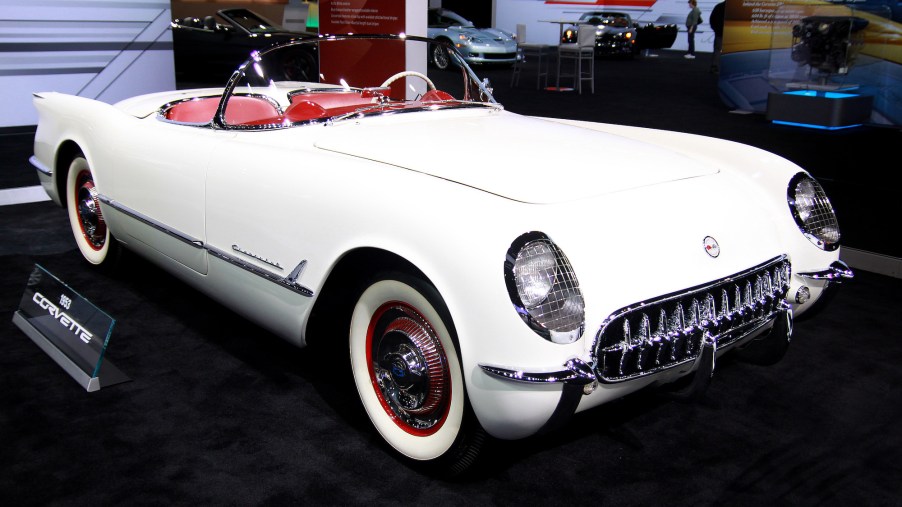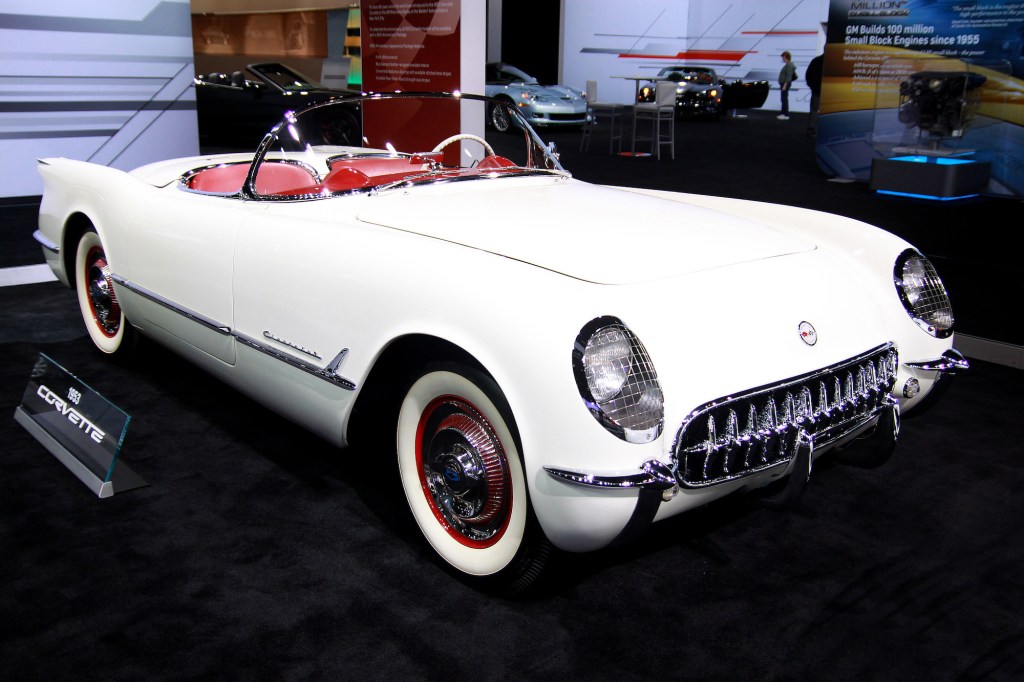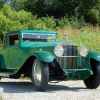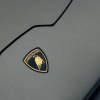
How Much Is a 1953 Corvette Worth?
The Chevy Corvette holds a special place in the history and lore of American sports cars. And though many cars of the past are no longer produced, the Corvette has endured and continues to evolve.
The birth of an American icon

The Corvette began as Chevrolet’s entry into the arena of world-class sports cars. General Motors’ design chief at the time, Harley Earl, was inspired by the European sports cars he saw racing at New York’s Watkins Glen International racetrack, Car and Driver recounts.
Chevy’s foray into the scene had a twofold purpose. First, it aimed at demonstrating an American automaker could contend internationally with the beauty and appeal of manufacturers like MG, Jaguar, and Porsche. Second, Chevrolet wanted to outsell and outdo its domestic rival, Ford.
Although its designers wanted Chevy’s sports car to be destined for greatness with a stylish and sleek design, the original 1953 Corvette had bare-bones options and trim, C/D reports. It would take time for the Vette to launch itself to the status it enjoys today. But its appeal is indubitable.
What is a 1953 Corvette worth today?
According to Business Insider, one of the 300 original 1953 Corvettes commanded close to $250,000 each. It fetched that amount after being carefully garaged and meticulously restored to its original appearance and specifications.
Although these cars are sought-after now, the Corvette had an interesting start. In 1953, Chevy didn’t want to invest too heavily in the new endeavor because it wasn’t sure of the Corvette’s future, C/D reports. As a result, all 300 Corvettes from that year were a hodgepodge of components that Chevrolet already had on hand for other models.
Performance-wise, the Corvette packed an inline-six-cylinder engine Chevy called the “Blue Flame.” It produced 150 hp and had a standard Powerglide two-speed automatic transmission. Its frame and sedan suspension were other borrowed parts.
Optional extras were practically nonexistent and included an AM radio and heater. The Corvette offered only one exterior color and no interior options. So all 1953 production models bore Polo White paint jobs and red vinyl interiors. Interestingly, the cars had no external door handles, and Chevy replaced the windows with plastic side curtains.
But what set the Corvette aside was its innovative fiberglass body. The material was more readily available than steel, which was going toward the Korean War effort. Fiberglass was also lighter and regarded as an excellent modern material. The Corvette was actually the first mass-produced fiberglass-bodied car in the United States, C/D reports.
What was the 1953 Corvette price when it was new?
One of the original limited-production 1953 Corvettes retailed for $3,490, History reports. It was a considerable price to pay when the median annual income averaged $3,200, the U.S. Census Bureau reports. That figure adjusted for inflation today would be a little over 10 times as expensive, with a sticker price of about $35,300, the U.S. Bureau of Labor Statistics calculates.
It’s useful to note that other cars in the early 1950s cost around $1,500, Reader’s Digest reports. So even though its original MSRP and adjusted price might not seem like a lot, a Corvette was potentially twice as expensive as a typical car. Its limited production and pricing are part of what makes this iconic American sports car so intriguing.


